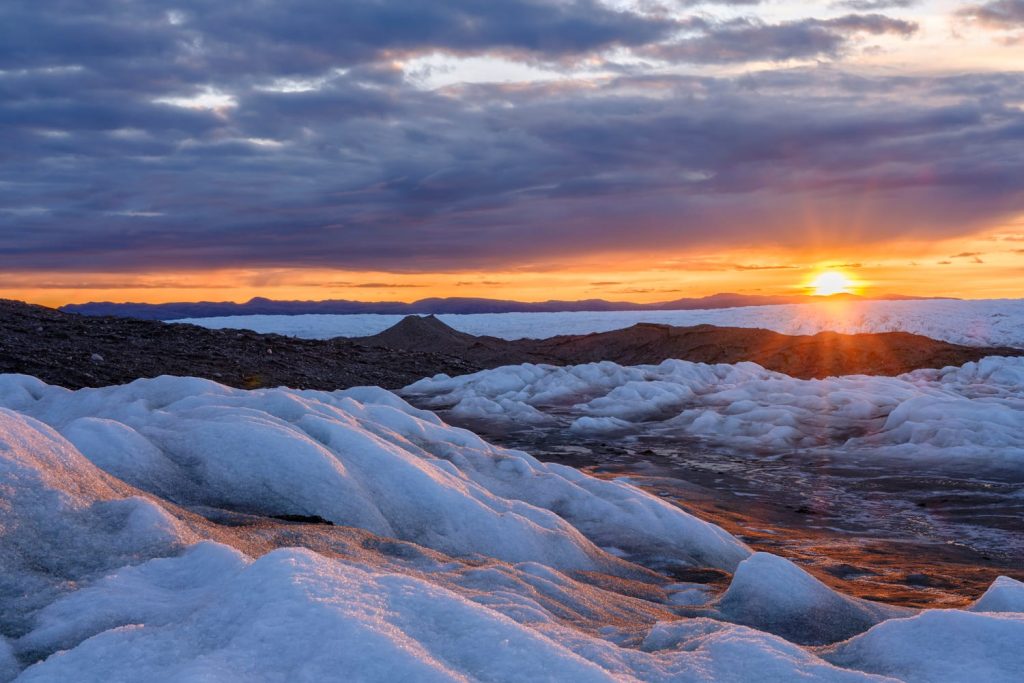Context:
Recently, a study published in the journal “Nature” showed that Human activity has slowed Earth’s rotation, consequentially impacting time measurement.
Key Findings
Human Impact on Earth’s Rotation
- This slowdown is because of the melting of polar ice due to human-induced global warming.
- This leads to water redistribution from the Pole to the equator and alters Earth’s shape.
Effects of Increased Moment of Inertia
- The redistribution of water has caused Earth to become slightly less spherical and more flattened thus increasing its moment of inertia.
- According to physical laws, an increase in moment of inertia causes a decrease in angular velocity or spinning speed.
Historical and Current Trends in Earth’s Rotation
- Traditionally, Earth’s rotational speed has decreased over millions of years due to lunar gravitational influence.
- The friction of ocean tides, caused by the moon’s gravitational pull, slows the Earth’s rotation.
- However, since 1970, there has been an acceleration in Earth’s rotation attributed to movements in its outer core fluids, offsetting the natural slowdown from lunar gravity.
Postponement of Leap Second Adjustment
- Plans to subtract a leap second from Coordinated Universal Time, originally scheduled for 2025 or 2026, have been delayed.
- But due to human-induced activities, the Study suggests that this adjustment may now occur later, likely in 2028 or 2029.
Broader Concerns and Implications
- The addition or subtraction of leap seconds may pose challenges for telecommunications and computing systems, although its impact on daily life is minimal.
- However, the broader concern lies in understanding the significant shifts in Earth’s movement caused by human activities.
Motion of Earth

- The two main motions of Earth are rotation and revolution.
- Rotation refers to Earth’s movement on its axis.
- While revolution is its orbit around the sun in a fixed path.
- Earth completes one rotation on its axis in approximately 24 hours, defining a day as Earth’s daily motion.
- Revolution, on the other hand, takes about 365¼ days (one year) for Earth to orbit the sun.
- For convenience, we typically consider a year as 365 days and adds remaining six hours in leap year.

